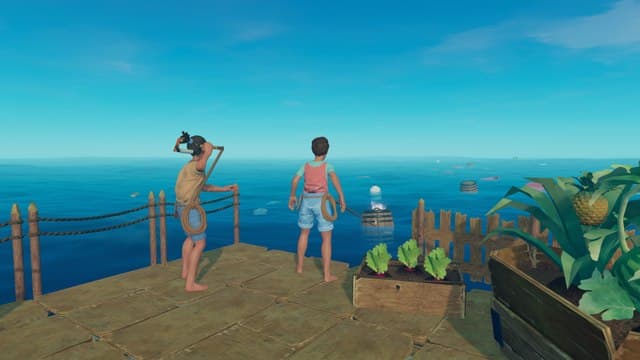6Comments
PUBLISHED
UPDATED
A Beginner’s Guide to Touhou: Lost Word
EYE’M THE STRONGEST
About the Author
Junior Miyai
Junior has spent too much money on mobile games, to the point where if you ask him how much total, he simply laughs and reaches for the alcohol. You can follow him over @juniormiyai on Twitter.
Newest


